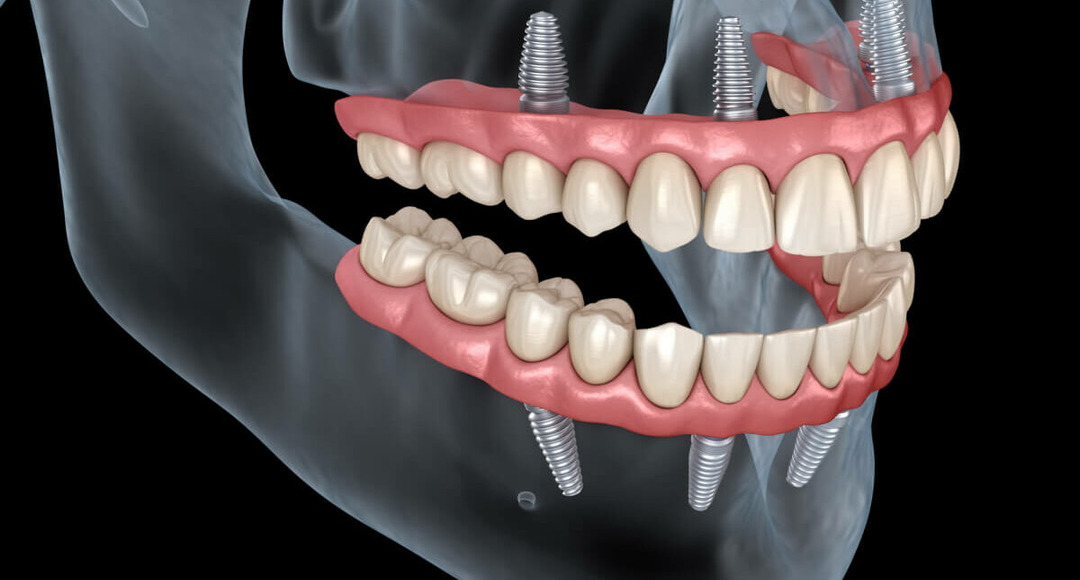ACHIEVING OPTIMAL DENTAL CARE WITH SINGLE DENTAL IMPLANT PLACEMENT
Your smile is a reflection of your confidence and self-esteem. Maintaining proper dental care is essential not only for aesthetic reasons but also for overall health. Various options are available for replacing a missing tooth, with single-tooth dental implants being a premier choice. This comprehensive guide will delve into the advantages of a single-tooth dental implant over a traditional bridge, the meticulous implant placement process, and why it is crucial for ideal dental care.
Advantages of a Dental Implant Over a Bridge
- Preservation of Adjacent Teeth: Unlike traditional bridges requiring the adjacent teeth to be ground down to support the prosthesis, dental implants stand alone. This means the neighbouring teeth are preserved naturally, reducing the risk of future dental problems.
- Durability: Dental implants are designed to be a permanent solution. They are constructed from biocompatible materials like titanium, which fuse with the jawbone over time, providing unparalleled stability and longevity.
- Aesthetics: Dental implants offer a natural and seamless appearance. The crown placed on top of the implant is custom-made to match your existing teeth, ensuring a beautiful smile that no one will even notice isn’t entirely natural.
- Oral Health Benefits: Implants stimulate the jawbone like natural teeth, preventing bone loss that often occurs with missing teeth. This preserves your facial structure and maintains healthy oral function.
- Enhanced Chewing Function: Implants function like natural teeth, allowing you to enjoy all your favouritefavorite foods without worrying about the limitations of removable dentures or bridges.
- Improved Speech: Ill-fitting bridges or dentures can affect your speech. Dental implants provide a secure and stable foundation, enabling you to speak confidently without any hindrances.
How Will the Implant Be Placed?
The process of single-tooth dental implant placement involves several steps, each critical to the success of the procedure:
- Initial Consultation: Your journey begins with an initial consultation with a qualified dental professional. During this visit, your dentist will assess your oral health and determine your suitability for a dental implant.
- Treatment Plan: A personalisedpersonalized treatment plan is developed if you are deemed a candidate. This plan outlines the specific steps required to replace your missing tooth successfully.
- Dental Implant Placement: The implant placement involves a minor surgical procedure. Your dentist will carefully insert the titanium implant into the jawbone, where it will serve as a substitute tooth root.
- Osseointegration: Over the next few months, osseointegration occurs. During this time, the implant fuses with the surrounding bone tissue, ensuring a stable foundation for the crown.
- Abutment Placement: Once osseointegration is complete, an abutment is attached to the implant. The abutment serves as a connector between the implant and the final restoration.
- Crown Placement: The final step involves the placement of a custom-made crown on the abutment. The crown is designed to match your natural teeth in appearance and function.
Ideal Dental Care – Your Partner for Dental Implants
Dental implants offer many advantages over traditional bridges, including preserving adjacent teeth, durability, aesthetics, and oral health benefits. The meticulous implant placement process ensures a secure and long-lasting solution for your missing tooth, allowing you to enjoy a confident smile and maintain oral health.
Frequently Asked Questions
Q1: Are dental implants painful?
A1: The implant placement procedure is typically performed under local anaesthesiaanesthesia, ensuring minimal discomfort. Most patients report only mild discomfort after the surgery, which can be managed with prescribed over-the-counter pain medications.




